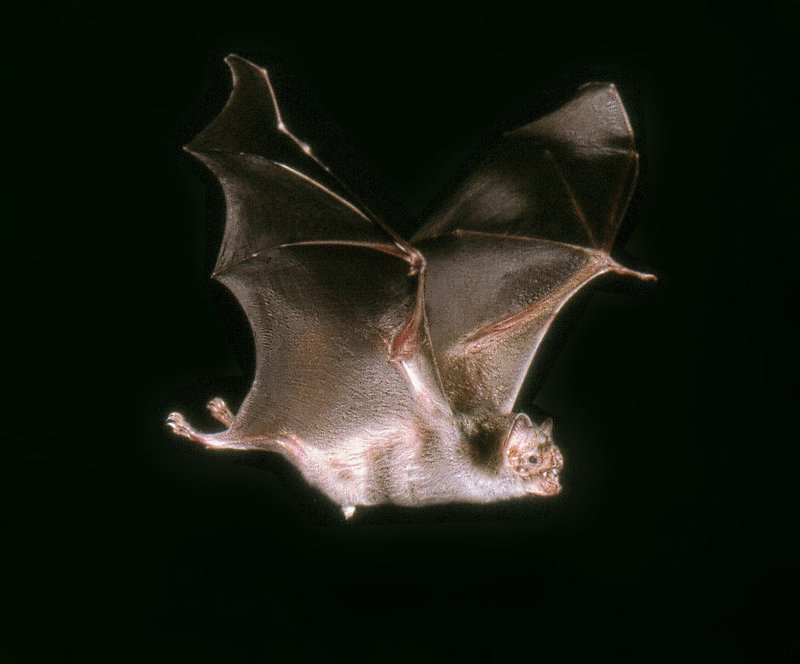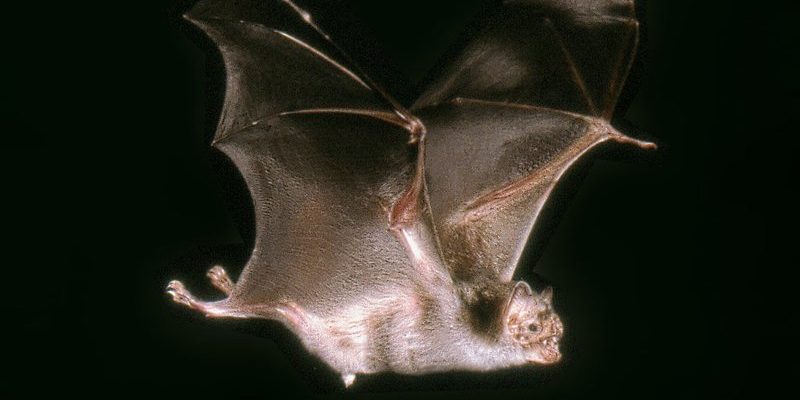
Vampire bats are primarily found in Central and South America. Think of them as the ultimate nocturnal explorers, seeking out warm, dark, and humid places to roost during the day. In this article, we’ll dive deep into the habitat and distribution of these intriguing creatures, exploring where they live, what their homes look like, and how they fit into their ecosystems. It’s a journey that will not only help you understand vampire bats better but also appreciate the rich biodiversity they represent.
Understanding Vampire Bats
Vampire bats belong to the family Phyllostomidae, which includes around 200 species of bats. Among them, just three are known as vampire bats. These creatures are unique for their diet, which primarily consists of blood. Yes, you heard that right! But before you dismiss them as terrifying, let’s take a closer look at what makes them special beyond their feeding habits.
Unlike the fearsome image often portrayed in movies, vampire bats are quite small, usually about the size of a human fist. They have delicate, flexible bodies and specially adapted teeth for their unique feeding style. They use a combination of heat sensors, echolocation, and keen eyesight to find their prey, which is usually livestock such as cows or horses. Understanding their biology helps us appreciate their role in the ecosystem: they help control livestock health by keeping these animals in check.
Natural Habitat of Vampire Bats
So, where do vampire bats hang out? Their habitats are primarily located in tropical regions where it’s warm and humid. They typically roost in the following places:
- Caves: These dark, secluded spaces provide ideal conditions for vampire bats to rest during the day. Caves maintain a stable temperature and humidity level, making them a comfortable home.
- Trees: Large trees with hollow trunks or plenty of foliage serve as excellent roosting spots. The shade from leaves also helps keep them cool.
- Human Structures: Surprisingly, vampire bats are known to roost in barns and sheds, especially those near livestock. This proximity makes it easier for them to find their meals!
Their preference for dark, secluded spaces is mainly due to their nocturnal nature. Vampire bats are active at night, and hiding during the day helps them avoid predators and remain undisturbed.
Geographical Distribution of Vampire Bats
Vampire bats are primarily found in Central and South America. Their range is quite extensive, stretching from Mexico down to Argentina and Paraguay. To put it into perspective, imagine a line running from the southern United States all the way down to the southern tip of South America—that’s their playground!
Here’s a quick breakdown of where you can find each species of vampire bat:
- Common Vampire Bat (Desmodus rotundus): Predominantly found in Central and South America, particularly in countries like Mexico, Brazil, and Colombia.
- Hairy-Legged Vampire Bat (Diphylla ecaudata): This species prefers tropical forests and can also be found in the Caribbean islands.
- White-Winged Vampire Bat (Diaemus youngi): These bats tend to stay in areas with abundant water, often located near rivers and wetlands.
This distribution not only highlights their adaptability to different environments but also emphasizes their reliance on certain ecosystems, particularly those with livestock. Without these habitats, their survival would be significantly threatened.
The Role of Climate in Vampire Bat Habitats
Climate plays a huge role in where vampire bats choose to make their homes. These bats thrive in warm, humid environments. They prefer areas with stable temperatures that don’t drop too low—after all, they’re not fans of the cold!
During dry seasons, when fewer food sources might be available, vampire bats tend to migrate to areas where livestock is more abundant. This adaptability is key to their survival. They follow the patterns of rainfall and humidity, ensuring they always have access to food and shelter.
Understanding how climate affects their habitat also sheds light on the potential challenges they face. Changes in climate can disrupt their feeding patterns and breeding cycles. Such shifts could impact their populations, making conservation efforts all the more important.
Impact of Human Activity on Vampire Bat Habitats
Human activity significantly affects the habitats of vampire bats. Deforestation, agriculture, and urban development can limit the places these bats can roost and find food. As forests are cut down, vampire bats lose crucial roosting spots, which can lead to decreased populations.
Moreover, livestock farming can create a double-edged sword. While it provides vampire bats with food, intensive farming practices may lead to increased use of pesticides or other chemicals that can harm these creatures. In some areas, bats are treated as pests, leading to attempts at eradication, which further threatens their survival.
Conservation efforts aimed at preserving their natural habitats are essential. By understanding their needs and the threats they face, we can work towards protecting these unique animals and their ecosystems.
Conservation Efforts for Vampire Bats
There are various conservation initiatives aimed at preserving vampire bats and their habitats. Educating farmers about the ecological role of vampire bats can help alleviate fears and reduce harmful practices. For instance, instead of viewing them as pests, farmers can learn to coexist with them, recognizing that they play an integral part in the ecosystem.
Protected areas and wildlife reserves are also crucial for maintaining habitats where vampire bats can thrive. By conserving forests and natural landscapes, we ensure that these bats have the dark, humid environments they need.
Additionally, research on vampire bats is important to understand their behavior, ecology, and population dynamics better. This knowledge can help inform conservation strategies that protect not only vampire bats but the entire ecosystem they inhabit.
The Future of Vampire Bats
The future of vampire bats relies heavily on our actions today. As we continue to navigate challenges like climate change and habitat destruction, it’s crucial to foster environments that allow these unique creatures to flourish. They may seem strange or scary to some, but their role in the ecosystem is invaluable.
By appreciating the complexity of their habitats and the factors that influence their survival, we can develop better strategies for coexistence. Understanding where vampire bats live is not just about geography; it’s about recognizing the delicate balance of nature and the importance of every species within it.
As we move forward, let’s aim to respect these fascinating creatures, learning from them and ensuring their habitats remain intact for generations to come. After all, every species, no matter how unconventional, has its place in the grand tapestry of life.

